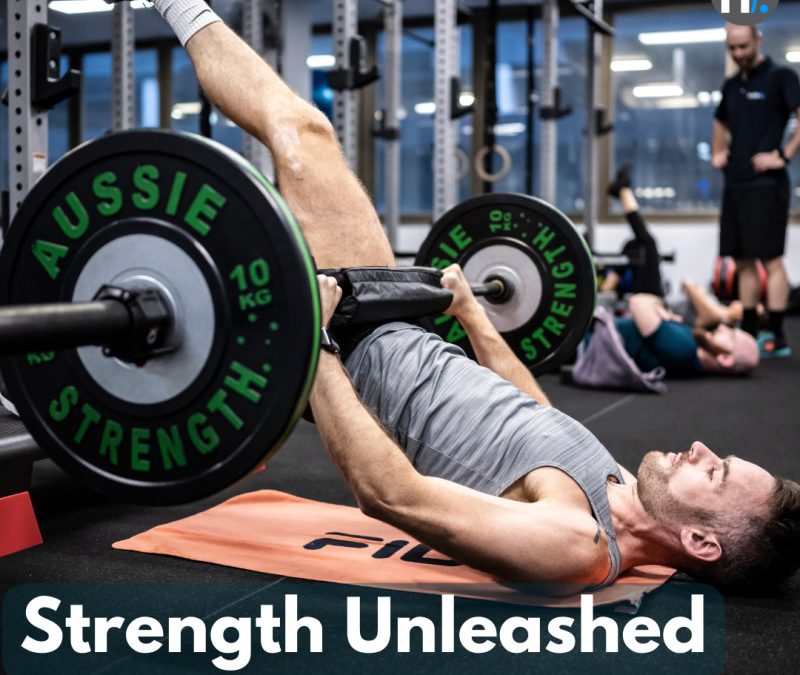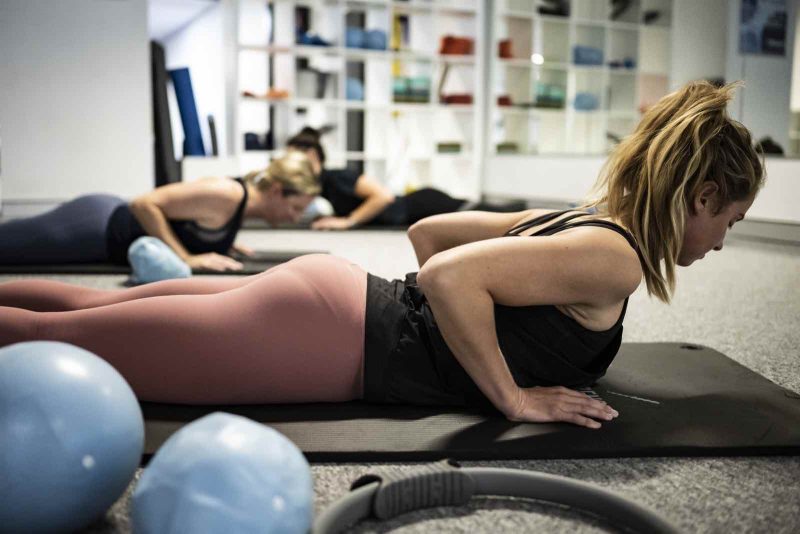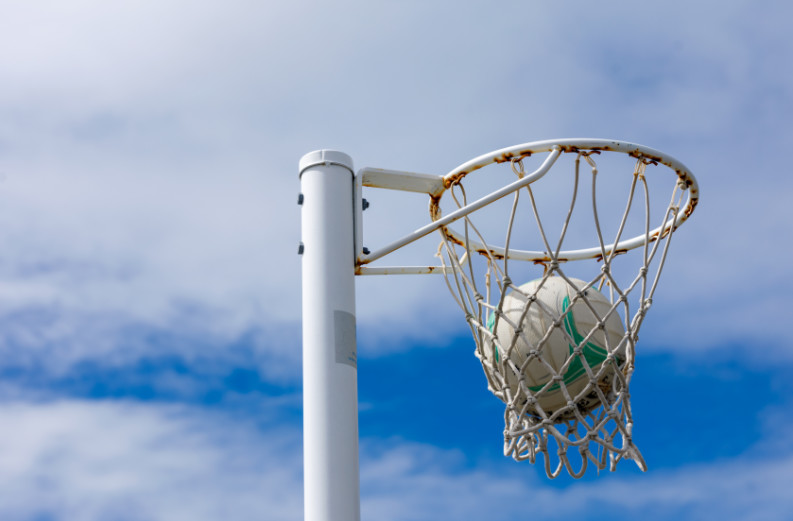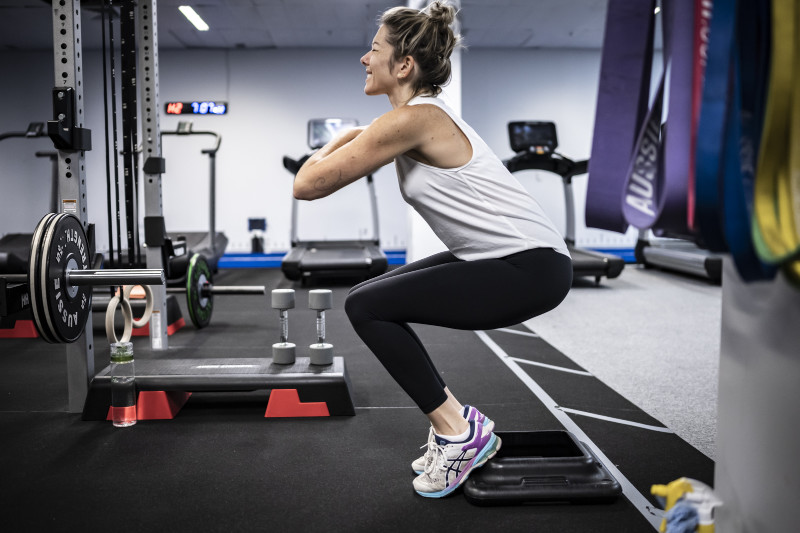
by admin | Latest News, Personal Training
At Healthfix, we understand that embarking on a fitness journey can sometimes be challenging, especially when results seem elusive. But fear not – progress is a process, and it follows a unique order. Today, we’re breaking down the sequence of results based on...

by Ash Cooney | Latest News
In the ever-evolving landscape of health and fitness down under, one trend is poised to dominate in 2024 like never before – the explosive surge in strength training. Over the past decade, it’s quietly been transforming lives, and now, it’s set to take...

by Ash Cooney | About Healthfix, Personal Training
When it comes to fitness and overall well-being, exercise is undoubtedly a crucial component. But not every workout has to be high-intensity or strenuous. In fact, incorporating low impact and recovery exercises into your routine can be just as important as those...

by Ash Cooney | Latest News
Netball is a fast-paced and popular team sport that requires high levels of agility, speed, and endurance. While the sport comes with inherent risks, research suggests that proper preparation and training can significantly reduce the risk of injury. In this article,...

by Ash Cooney | Conditions, Physiotherapy
By Caitlan Skillicorn, Senior Physiotherapist Patellar tendinosis, also known as jumper’s knee, is a common condition that affects athletes, particularly those involved in jumping sports. It is characterized by pain and tenderness in the patellar tendon, which...






